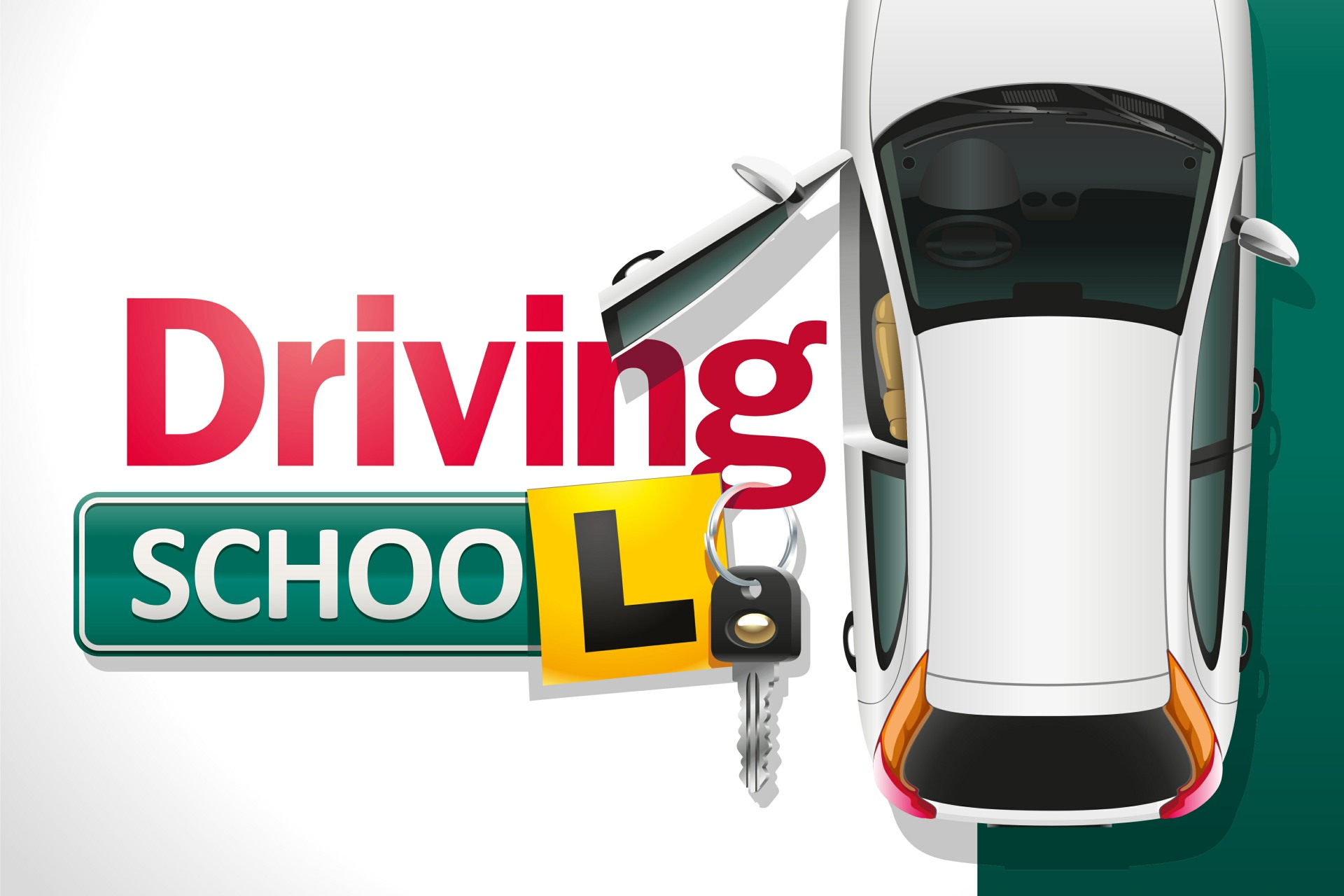Show and Tell
Prepare fully for your practical test with us
The "show and tell" section is a part of the practical test. Here at Driveology, Sheffield, we can ensure that you are properly prepared for this part of the driving test.
What is 'Show and Tell'
As part of the practical test candidates must demonstrate a knowledge of safety aspects and show they are able to carry out routine maintenance checks. To do this the examiner will ask two questions. One question will require you to SHOW that you can perform a task while driving the car; the other question will just require a verbal response to TELL the examiner that you know the answer, but no other action needs to be taken.
Show Me
One of these 'show me' questions will be asked while you are driving:
Q1: Show me how you wash and clean the front windscreen?
A1: When it is safe and convenient pull the wiper control towards you for a second or two. Releasing the control will turn the wash and wipe off automatically.
Q2: Show me how you would demist the front windscreen?
A2: When it is safe and convenient turn all 3 dials (air direction, fan and temperature controls) as far clockwise as they go. Then, when convenient, turn the dials back to where they were. It may be easier to initially just turn the fan dial back, then do the rest when you next stop.
Q3: Show me how you wash and clean the rear windscreen?
A3: When it is safe and convenient push the wiper control away from you for a second or two. Releasing the control will turn the rear wash and wipe off automatically.
Q4: Show me how you would demist the rear screen?
A4: When it is safe and convenient press the right-hand button below the air-flow control dials. Then press again to turn it off when it is convenient to do so.
Q5: Show me how you would switch on your dipped headlights?
A5: When it is safe and convenient twist the end of the light control away from you three times. Twist the control back three positions to turn the lights back off.
Q6: Show me how you would operate the horn?
A6: When it is safe and convenient press firmly on the centre of the steering wheel for a second or two.
Q7: Show me how you would open and close the side window?
A7: When it is safe and convenient press down on the right-most button on the door handle. Once the window is fully open, pull up on the same button to close it when it is convenient. Once activated the window will fully open / close without having to continually hold the button.
Tell Me
One of these 'tell me' questions will be asked at the start of the test:
Q1: Tell me how you would check that the brakes are working before starting a journey?
A1: Explain that brakes should be tested as you set off. The brake pedal should feel firm (proving no air in the system). Also, the vehicle should stop in a straight line without pulling to one side.
Q2: Tell me where you would find the information for the recommended tyre pressures for this car and how tyre pressures should be checked?
A2: Recommended pressures will be in the manufacturer's guide. Test 5 tyres (remember the spare tyre) using a reliable pressure gauge (like those found at petrol stations). Ideally this should be done when tyres are cold and remember to refit valve caps.
Q3: Tell me how you would make sure your head restraint is correctly adjusted so it provides the best protection in the event of a crash?
A3: The head restraint should be adjusted so the middle part of the head restraint is at least as high as the eye or top of the ears, and as close to the back of the head as is comfortable.
Q4: Tell me how you would check the tyres to ensure that they have sufficient tread depth and that their general condition is safe to use on the road?
A4: Explain that you would examine all 5 tyres to ensure no cuts or bulges and ensure there is a minimum 1.6mm of tread depth across the central 3/4 of the width of the tyre - checking various points around the entire outer circumference.
Q5: Tell me how you would check that the headlights and tail lights are working?
A5: Explain the following steps: ensure the ignition is on; turn on the dipped headlights (by twisting the end of the light control three times); get out and walk round vehicle to check 6 bulbs working (4 at front, 2 at rear).
Q6: Tell me how you would know if there was a problem with your anti lock braking system?
A6: Explain that a warning light would illuminate on the dashboard if there is a fault with the anti lock braking system.
Q7: Tell me how you would check that the direction indicators (6 flashing orange lights) are working?
A7: Explain the following steps: press the hazard warning switch; get out and walk round vehicle to check all 6 bulbs are working then finish by turning the lights off.
Q8: Tell me how you would check that the brake lights are working on the car?
A8: Explain that you would ask someone to go to the back of the car while you operate the brake pedal OR that you'd make use of reflections to check them by yourself.
Q9: Tell me how you would check that the power-assisted steering is working before starting a journey?
A9: Explain that you can check by turning the steering wheel slightly to the left (with your left hand) until resistance starts - then turn on the engine with your right hand. This should result in the steering wheel rotating more as the power-steering begins to operate proving that the engine / power is assisting the steering.
Q10: Tell me how you would switch on the rear fog light and explain when you would use it?
A10: Explain the following steps: ensure the ignition is on; turn on the dipped headlights (by twisting the end of the light control three times); turn on fog lights (by twisting the inner control up [to turn on front fog lights] then down [to on rear fog lights]) then finally check both warning lights are on. Explain that fog lights should only be used if visibility is less than 100 metres.
Q11: Tell me how you switch your headlight from dipped to full/main beam and explain how youwould know the full beam is on whilst inside the car?
A11: Explain the following steps: ensure the ignition is on; turn on the dipped headlights (by twisting the end of the light control three times); push light control away from you then finally check the blue full beam warning light is on.
Q12: Open the bonnet then tell me how you would check the engine has sufficient oil?
A12: Having opened the bonnet, identify dipstick (oil level indicator) and explain that you'd take the dipstick out, clean it, put it back in then take it out again to check the oil level against the minimum / maximum markers before finally putting the dipstick back in again - topping it up if necessary . Then close the bonnet.
Q13: Open the bonnet then tell me how you would check the engine has sufficient engine coolant?
A13: Having opened the bonnet, identify the radiator header tank and explain that you'd check the fluid level that you can see through the tank against the minimum and maximum markers; topping it up if necessary. Then close the bonnet.
Q14: Open the bonnet then tell me how you would check that you have a safe level of hydraulic brake fluid?
A14: Having opened the bonnet, identify the brake fluid reservoir and explain that you'd check the fluid level that you can see through the tank against the minimum and maximum markers - topping it up if necessary. Then close the bonnet.







 Great driving instructor. Very patient. Explains everything you need to know in detail. Answers any questions you have. First time pass. Would recommend and have done to friends! Thank you very much Ian!.
Great driving instructor. Very patient. Explains everything you need to know in detail. Answers any questions you have. First time pass. Would recommend and have done to friends! Thank you very much Ian!.








